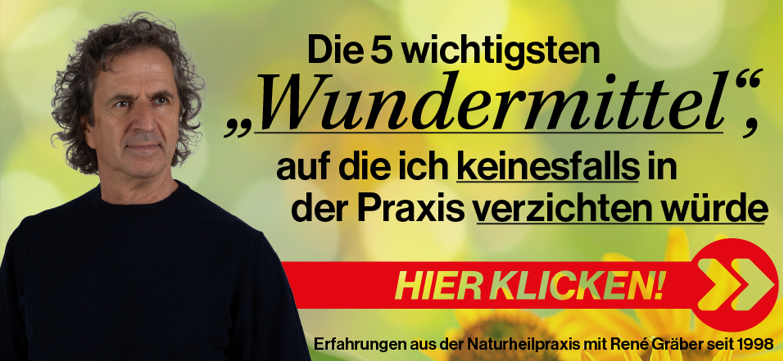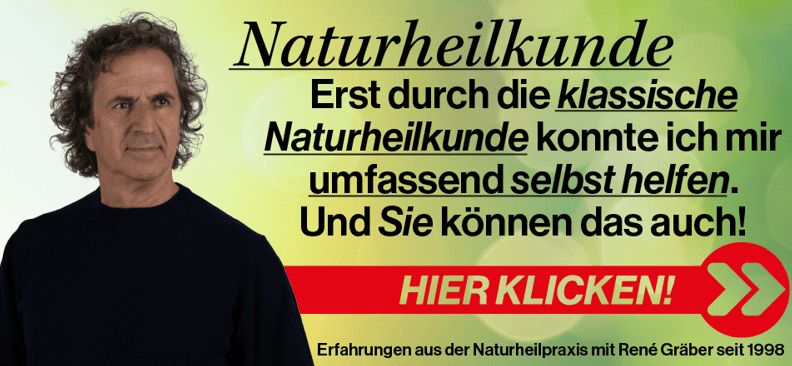Themenstarter
- Beitritt
- 31.07.06
- Beiträge
- 398
Habe folgende Seite gefunden.
Hat nichts mit der Ausleitung zu tun, zeigt aber, wie gefährlich Hg eingestuft wird.
https://www.lbz.rwth-aachen.de/downloads/221106_folien.pdf
Bitte dort gleich auf Seite 47 gehen.
Konsequenz: die Tabakpflanze wird hier benutzt, um Hg aus den Böden hochzuholen, damit es als metallisches Hg aus den Blättern herausdiffundiert. Dadurch wird der Boden von Hg entlastet, die Luft aber belastet.
So habe ich das verstanden.
Was mir nicht ganz klar ist: was bedeutet ME2Hg? Das wird wohl metallisches Hg heißen, aber in ionisierter Form?
Gruß,
Notoo
Hat nichts mit der Ausleitung zu tun, zeigt aber, wie gefährlich Hg eingestuft wird.
https://www.lbz.rwth-aachen.de/downloads/221106_folien.pdf
Bitte dort gleich auf Seite 47 gehen.
Konsequenz: die Tabakpflanze wird hier benutzt, um Hg aus den Böden hochzuholen, damit es als metallisches Hg aus den Blättern herausdiffundiert. Dadurch wird der Boden von Hg entlastet, die Luft aber belastet.
So habe ich das verstanden.
Was mir nicht ganz klar ist: was bedeutet ME2Hg? Das wird wohl metallisches Hg heißen, aber in ionisierter Form?
Gruß,
Notoo

